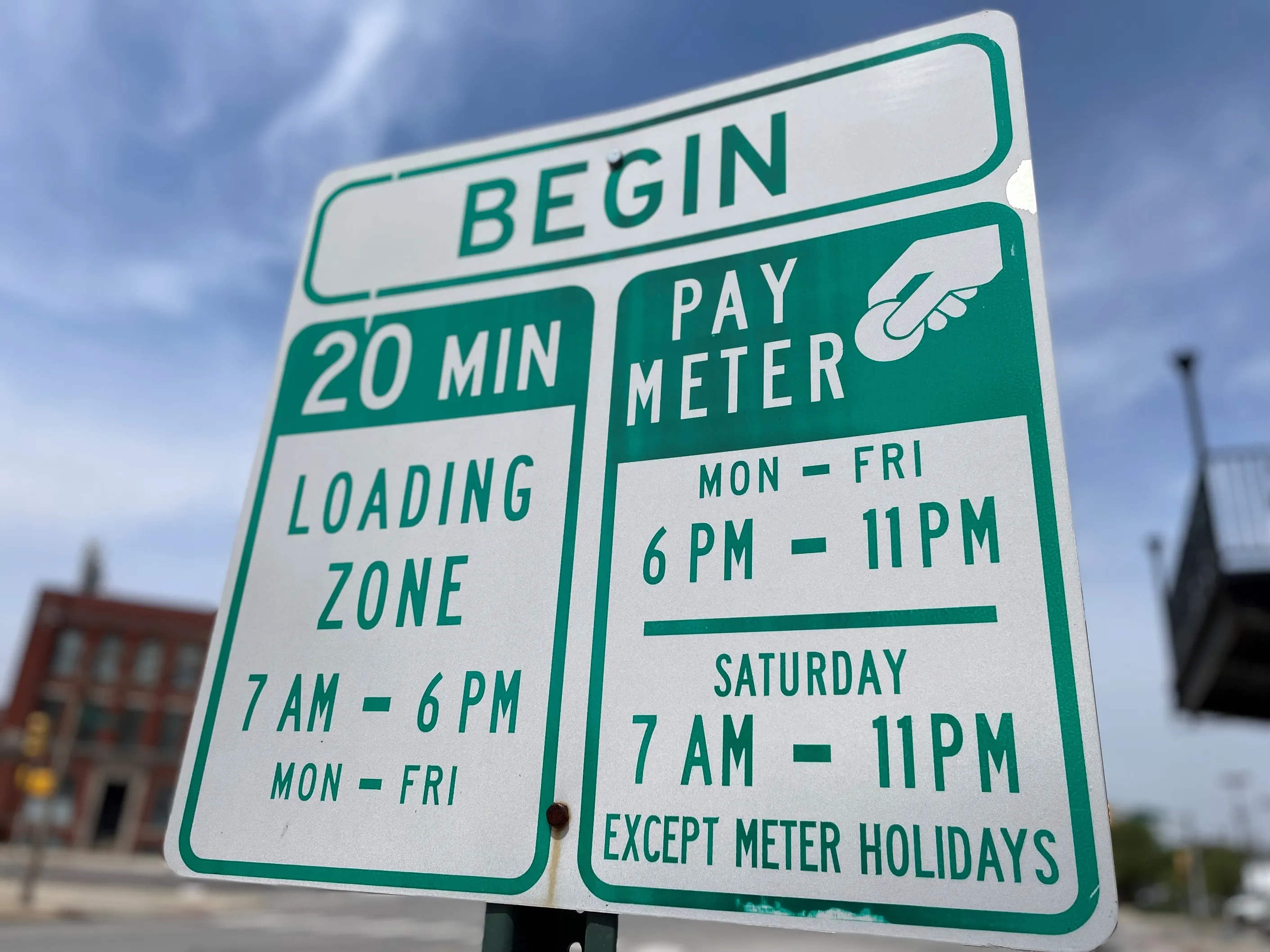Johnson Controls has announced the results of a survey of some 2,800 young people in Germany, Great Britain, China, and the US, to find out what ‘digital natives’ expect from the car of the future. Approximately 2800 young people were surveyed in Germany, Great Britain, China and the United States. Their key desire: to stay connected to the digital world while driving, too.
June 20, 2012
Read time: 3 mins
"To this generation, a car is a place where they are largely cut off from the internet and mobile communications," said Andreas Maashoff, director of Industrial Design & Market Research. "Digital natives are almost always online, reachable and in communication, whether at home, the office, university or on the go. They want a car that also keeps them connected to the digital world."
Digital natives were born post-1980. They have grown up in a world of digital technologies, where life without the internet, smartphones, tablet PCs and MP3 players is inconceivable. These devices are an expression of this generation's lifestyle. They have three key requirements of the car of the future: connectivity, access to information and voice control.
The findings of the Johnson Controls' survey revealed that digital natives want to be able to easily connect and use their devices, such as smartphones and tablet PCs, in their vehicle, too. It's important to them that they can wirelessly connect their digital devices to the vehicle's main onboard computer and charge them while driving.
Another priority for those surveyed was easy access to information in the vehicle, such as location-based services that link information from the navigation system and internet to the current location they are driving through. An example is when running short on fuel, automatically being led to a filling station in the area that offers the best prices.
Digital natives want to be able to operate their vehicle like a smartphone and receive real-time information on all car systems, drawing their attention to service or repair needs. They also want touch displays that allow them to download special apps - for controlling the air-conditioning system or saving fuel - which can be adapted to suit their personal preferences. As safety is also an important factor, digital natives want to be able to control all functions and devices they use using voice commands. Many of those surveyed suggested using technologies that read e-mails or messages from social networks while driving.
This generation tends to buy small or medium segment vehicles. "In order to reach this target group, we must focus on applying more innovations in the lower vehicle segments from the outset," said Maashoff. "In the ie:3 concept vehicle, Johnson Controls shows how it addresses the needs of digital natives through human-machine interface."
Examples of the technology that appeal to digital natives include a nine-inch multi-touch display with information graphics and a combiner head-up display, which projects key information on an interface in the driver's field of vision. The ie:3 concept car also features wireless charging in the floor console that can charge two mobile end devices wirelessly and safely.








